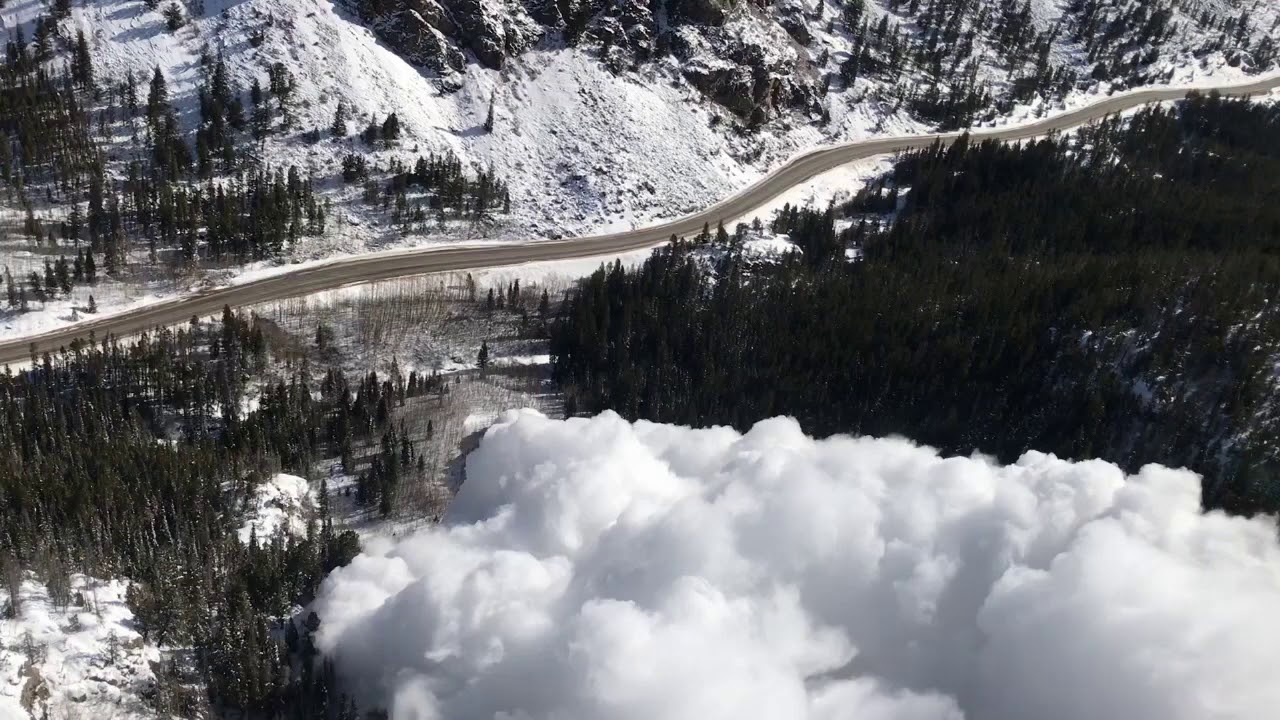
In the snow industry, we hear the words “avalanche cycle” thrown around quite a bit. The term clearly relates to snow safety and avalanche danger, but what exactly does it mean? How does it form? How long does it last?
What are avalanche cycles?
First, we must understand some basic snowpack science. There is one main thing to remember as it relates to avalanche cycles: snow hates rapid change. Just like someone suddenly getting kicked out of their apartment or a dog being pulled away from a toy, the snowpack gets grumpy when rapid change occurs.
- Related: Snowpack Climates, Explained
There are several ways in which rapid change on a snowpack can occur. However, one thing that they all have in common is that they are all associated with weather. Wind transported snow, new storm snow, or rain can load a snowpack with weight very quickly. Warm temperatures and strong sun can saturate slabs and elevate avalanche risk. Whenever the weather is occurring rapidly, the snow will not be happy, potentially causing an avalanche cycle.

Essentially, an avalanche cycle is a period of time where the avalanche risk is particularly high, often resulting in lots of natural and human triggered avalanches. Due to said risk, avalanche cycles often bring human fatalities.
The eggshell analogy
To help explain avalanche cycles to people, I have developed a helpful analogy. Say you have a stack of books. You keep adding books to the top of the stack every so often. Every once and a while, you add four eggshells above each of the four corners. However, these eggshells are not like normal eggshells; when given enough time positioned under weight, they shrink and disappear. Let’s say you add one book at a time very slowly. The eggshells can adjust over time to the weight by shrinking and disappearing. But if you add 25 books all at once, the eggshells will shatter.

This analogy explains avalanche cycles. The books represent snowfall, which turns into layers once buried. The eggshells represent problematic weak layers that can disappear when given enough time to adjust to load or shatter when loaded abruptly. When lots of new snow (books) are put on top of a weak layer (eggshells) very quickly, the weak layer can “shatter” and cause an avalanche.
How long do avalanche cycles last?
Like most things in the snow science world, the answer is “it depends.” Sometimes, a weak layer may never have the conditions necessary to adjust to the load and can last for the season’s duration. Other times, there could be a loading event that causes an avalanche cycle just a few hours long before the weak layer adjusts. The optimal conditions for snow stabilization are very complicated.